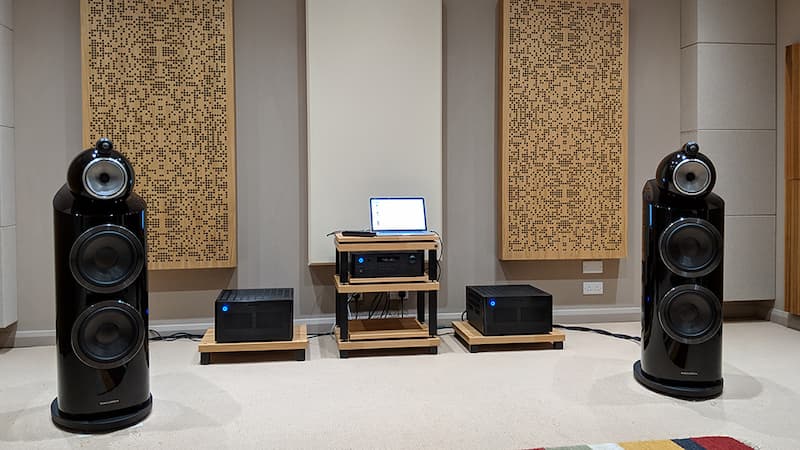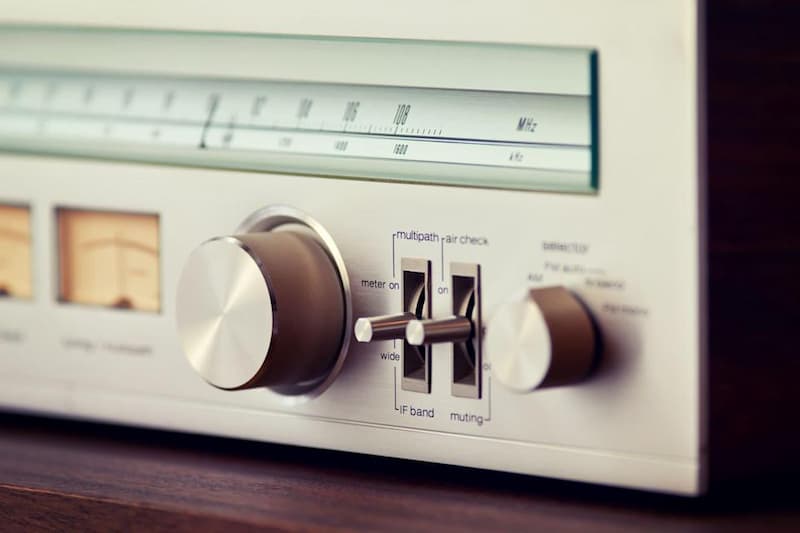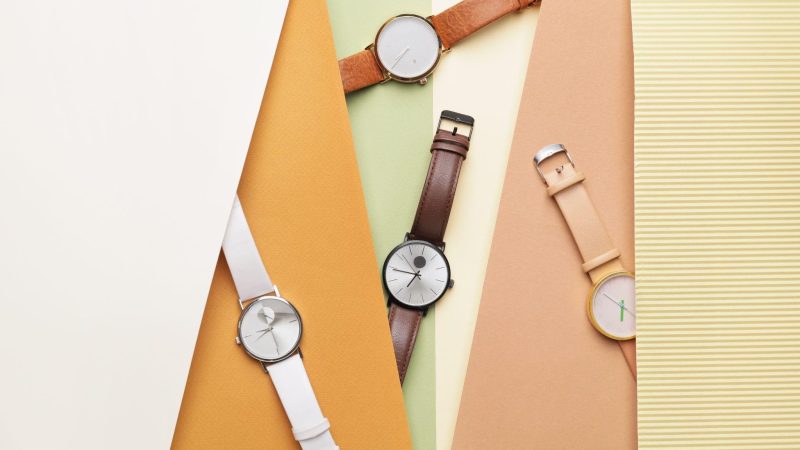What to Consider When Buying Used Hi-Fi Equipment

When talking about high-quality audio and reproducing the exact sound that has been recorded by a musician or filmmaker, we refer to high fidelity or Hi-Fi audio. High fidelity means something that is of true origin, exactly how it’s meant to be seen or, in this case, heard. No, high fidelity is not the same as high definition audio, as the former refers to high-quality music while high definition refers to video quality. We also have Lo-Fi or low fidelity audio which is the unprocessed form of a certain sound – nothing has been altered or removed from it, it’s exactly as it has been recorded in its raw form.
We can’t talk about Hi-Fi audio without mentioning Hi-Fi equipment. This type of equipment is suited for playing only Hi-Fi audio and it includes speakers, amplifiers and cables. Be it for your studio or home theatre, getting new Hi-Fi equipment can be quite expensive, which is why a lot of people would suggest you get second-hand Hi-Fi equipment.
Is Hifi Better Than Stereo?
Stereo audio has a large response frequency, meaning it can reproduce sounds accurately, starting from low to high frequencies. With Hi-Fi audio and even second hand HiFi equipment, you are able to reproduce a close to perfect audio recording which results in better quality audio.

What to Consider When Buying Used Hi-Fi Equipment
Active vs Passive
When buying used HiFi equipment, most people start with the speakers, and there are two options you can go for here – active or passive. If you want to save yourself some time and space, then you should go for active used HiFi speakers, since they come with a built-in amplifier. While active speakers are going to sound better than passive ones, they are not going to be as flexible. This is because with passive speakers you can replace the amplifier if you don’t like the way they sound. While you will have a hard time matching the amplifier to the driver’s capabilities, you will get the freedom to choose what you want to hear. Active speakers are also more expensive than passive ones and each speaker will require a power source. While active speakers are really good at one thing, at times they are quite annoying to deal with.
Amp
Now, if you happen to go with a passive set of speakers then you should consider the type of amp you’ll go for. If you’re old school and want to turn some knobs and dials, then go for a receiver (that’s what amplifiers were back then). If you want a more sophisticated and compact version of that, go with an amplifier. Surely, looks are not the only difference here?
Aesthetics aren’t the only factor that will decide whether or not you’ll go for a receiver or an amplifier. A receiver is meant to broadcast AM and FM radio too, and it has an integrated amplifier. If you don’t want that, then just get a regular amplifier that is more affordable and smaller. Sometimes, you’ll find a reliable second hand HiFi amplifier or receiver from the 80s or even 70s working as good as today’s more expensive equipment.

Old vs New
Talking about the age of Hi-Fi equipment, there is no definitive answer to how old or new you should be willing to get. Sometimes, as mentioned above, an old HiFi speaker can leave you astonished by the quality it produces. Other times, newer, more advanced used HiFi equipment can be the better option. You have to listen for yourself, but do remember one thing – older equipment, used or not will always be more reliable, especially one that doesn’t have modern-looking controls and complicated electronics.
Basics
Before you head out researching or shopping for used HiFi gear, make a list of all the features you want. One manufacturer is able to produce similar models of speakers or amplifiers, and you shouldn’t always go for one that has one extra feature or slightly higher power output. Sometimes that one feature or extra power is not worth it, even if it’s second-hand equipment. It’s important that the quality sound you want is there and that you have enough freedom to adjust things without having to buy a new piece of equipment.
Bait & Switch
Some shops will use what is known as a “bait and switch” tactic. This is done by putting an extremely low price on a piece of equipment as a special deal, but they’ve already sold out on the deal. So, when you’re in the thick of it, there’s a chance for you to buy something else since it is already at a lower price. Don’t fall for it if you want to get something that will reproduce good quality audio, as that gear doesn’t come cheap, even if it’s second hand. It’s still more affordable than brand new Hi-Fi gear, it’s just not as affordable as regular stereo equipment. If something seems too good to be true, it probably is.






